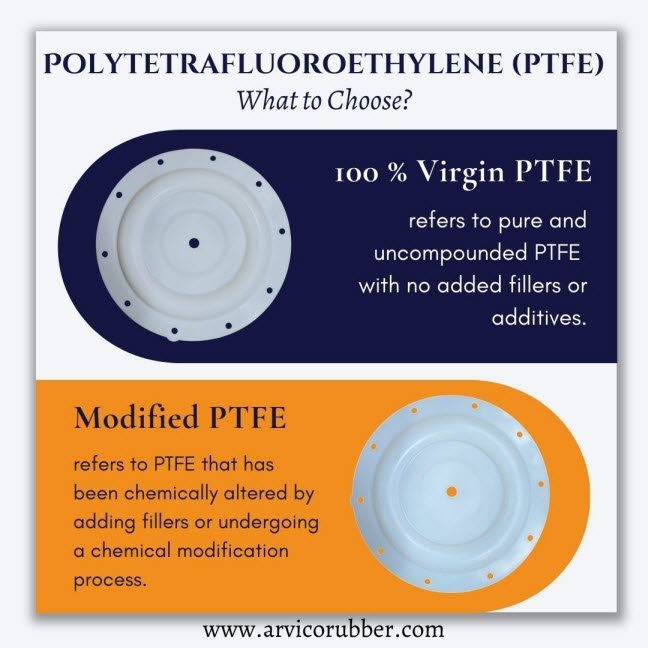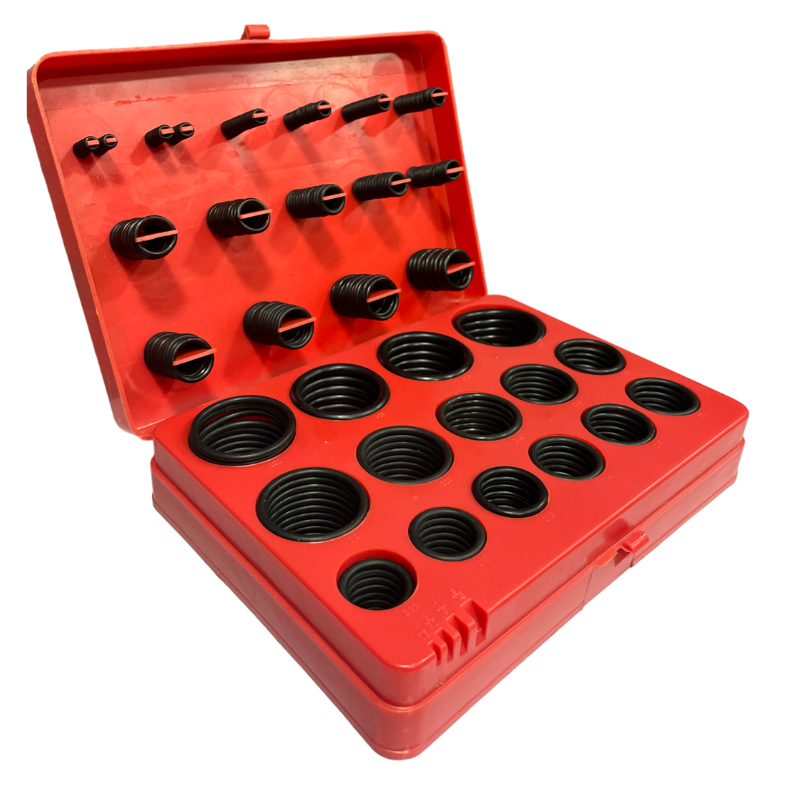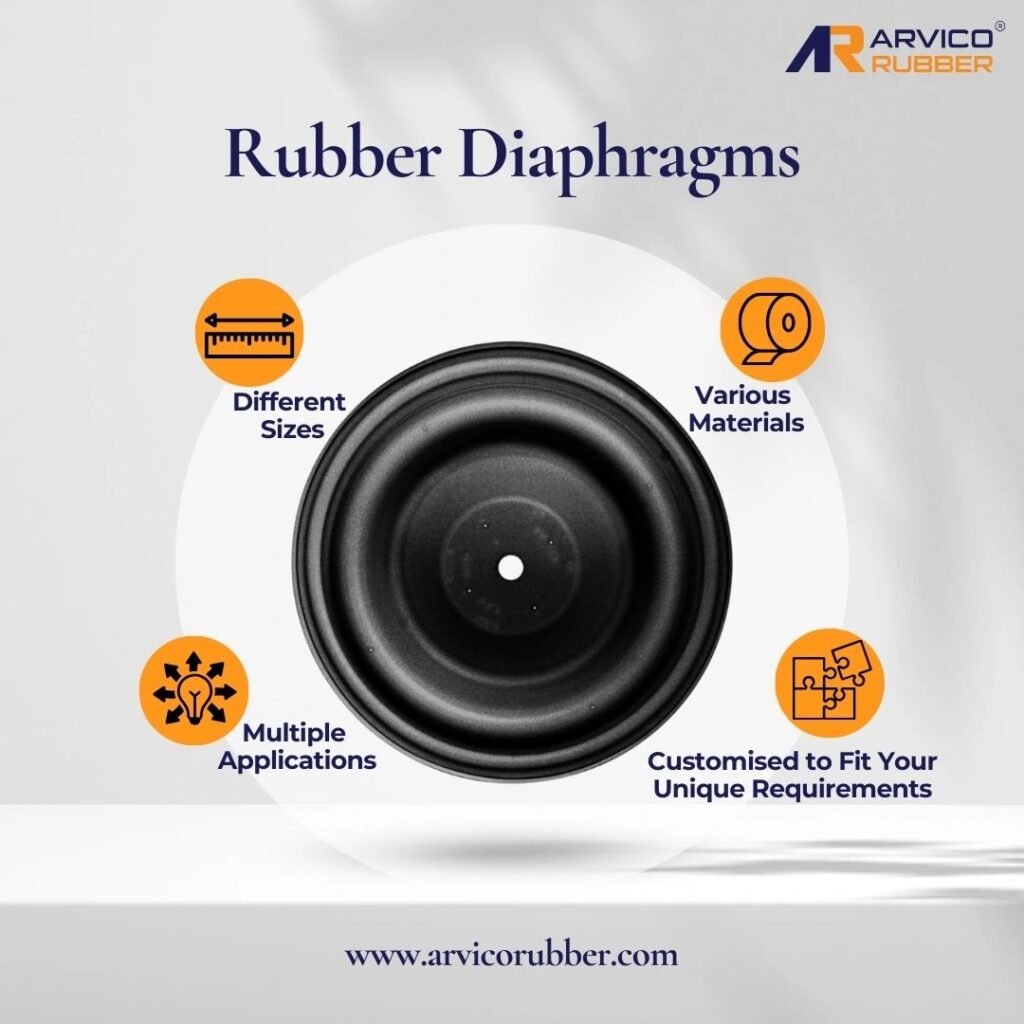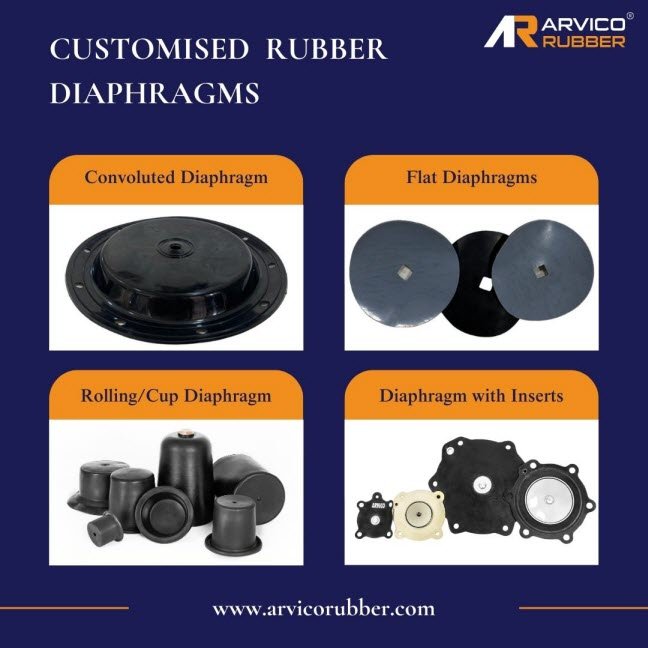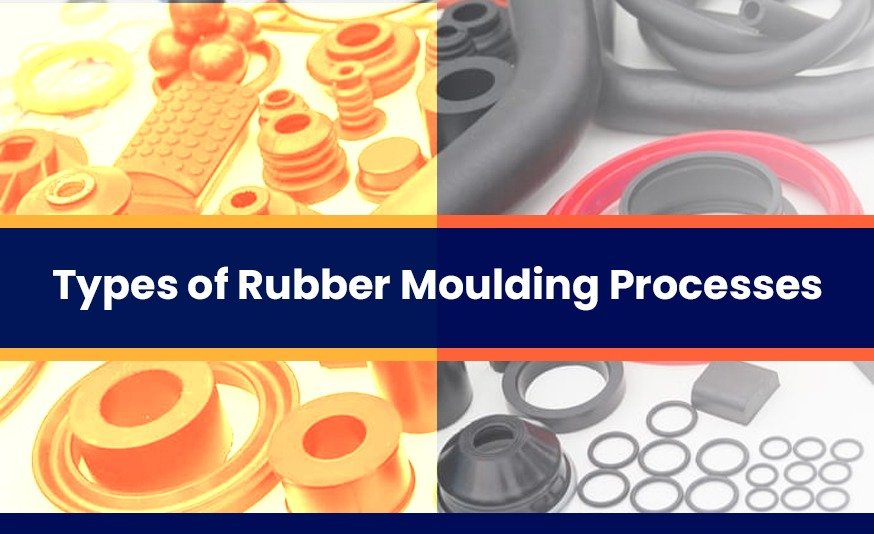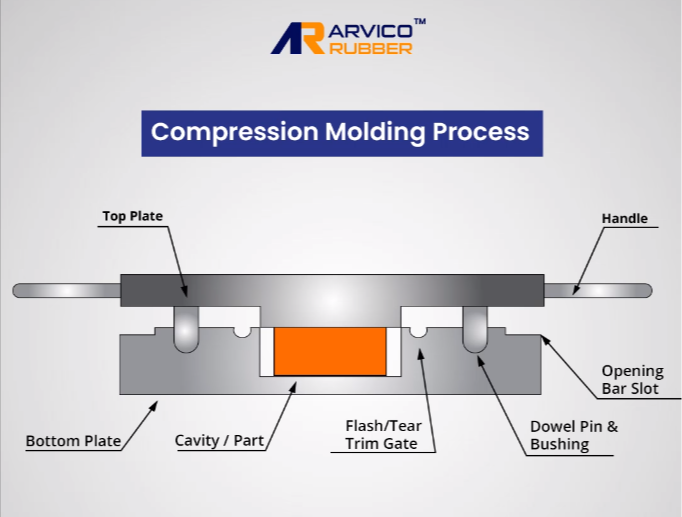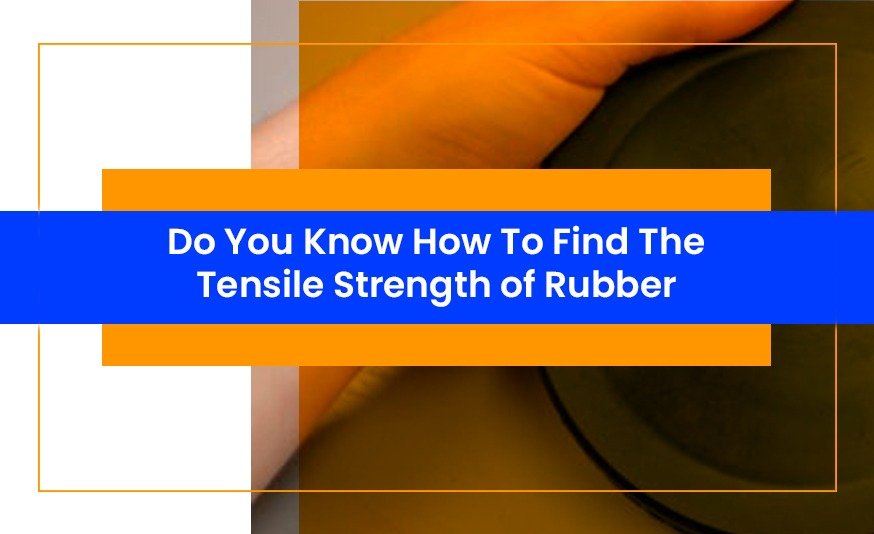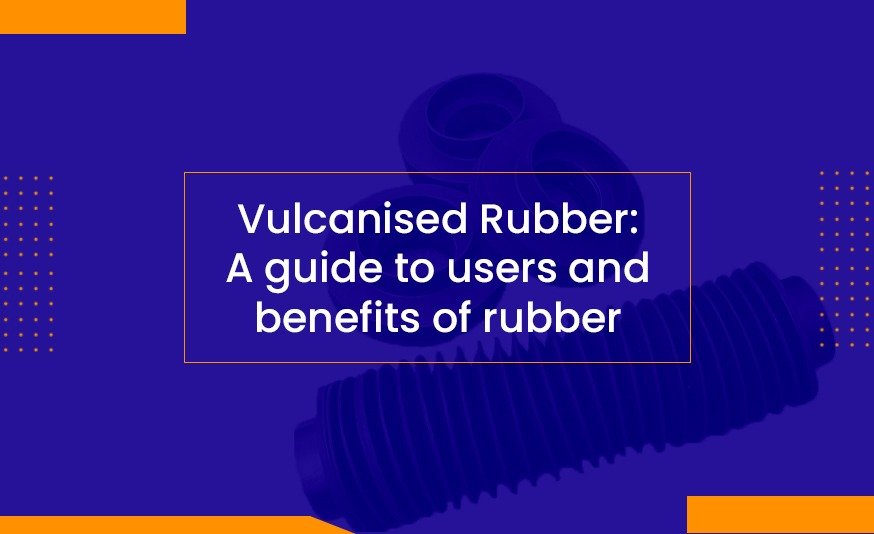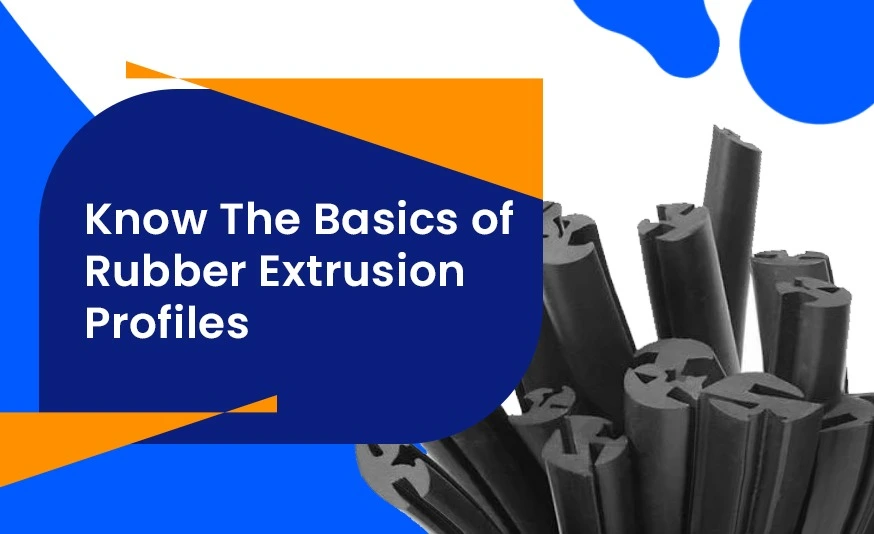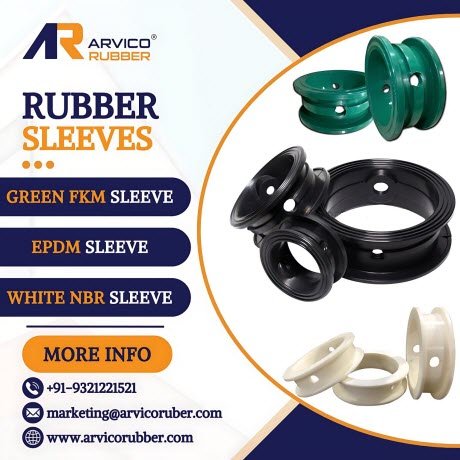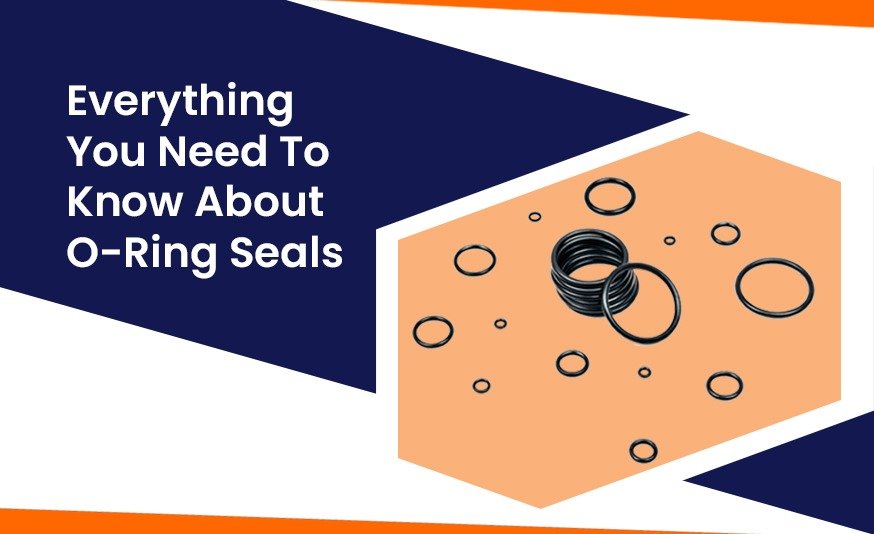Rubber Resilience: Proven Practices for Lasting Performance
Rubber seals are essential components in numerous industrial applications, ranging from pumps and valves to pipelines and machinery. These components ensure leak-proof operations, maintain pressure consistency, and protect valuable equipment from contamination and failure. However, environmental factors, chemical exposure, and improper handling can significantly accelerate rubber degradation.
At Arvico Rubber Industries, we believe in not only providing high-performance sealing solutions but also empowering our clients with the knowledge needed to maximize product longevity. Here are some recommended best practices to prevent rubber deterioration and ensure long-lasting seal performance.
What Causes Rubber Degradation?
Understanding the root causes of deterioration is the first step in preventing premature failures:
- Temperature Extremes: Heat causes rubber to harden and lose flexibility, while cold can make it brittle and prone to cracking.
- UV and Ozone Exposure: Sunlight and electrical equipment generate UV and ozone that break down rubber molecularly, leading to surface oxidation and cracking.
- Chemical Attack: Contact with oils, fuels, and acids can cause rubber to swell, soften, or degrade.
- Mechanical Stress: Constant compression, flexing, or vibration causes fatigue, especially in dynamic applications like pumps, valves, and compressors.
These issues, if not addressed, lead to seal leakage, material failure, and unplanned maintenance interruptions.

Practices to Prevent Rubber Seal Failure
1. Choosing the Right Rubber Compound
Selecting the appropriate rubber compound is crucial to ensuring seal durability and optimal performance. Each material responds differently to pressure, temperature, and chemical exposure. At Arvico, we offer a diverse range of high-performance elastomers, each engineered for specific industrial environments. By aligning material selection with application demands, you extend seal life and prevent premature failure.
2. Store It Right
Improper storage is one of the most overlooked causes of premature rubber failure. At Arvico, we recommend storing rubber products in a cool, dry, and dark environmentaway from direct sunlight, ozone-generating equipment, and temperature extremes.By maintaining optimal storage conditions, you preserve the material’s elasticity, flexibility, and sealing performance, ensuring every component functions as designed once installed.
3. Handle with Care:
Even the highest-quality seal can fail if not installed correctly. Rough installation, stretching, or the use of incorrect tools can compromise the seal’s shape and performance. Always follow manufacturer guidelines to ensure a secure, damage-free fit.Once installed, seals should operate within their specified pressure, temperature, and chemical exposure limits. Over exposure or excessive mechanical stress can accelerate wear, leading to premature failure.
4. Inspect & Maintain Regularly:
Routine inspection and maintenance are key to extending seal life and preventing unexpected failures. Regularly check for signs of wear such as cracking, hardening, swelling, or deformation. Clean gently with soft cloths, avoiding harsh solvents, and follow recommended replacement schedules to address issues before they escalate. Proactive maintenance helps maintain sealing performance and reduces costly downtime.
5. Use Compatible Lubricants:
Lubricants play a crucial role in dynamic sealing systems. Only use lubricants that are chemically compatible with the rubber material. The wrong lubricant can soften or distort seals, compromising their function. Proper lubrication reduces friction, wear, and energy loss, ensuring smoother, longer-lasting performance.
By implementing these practices, industries can significantly enhance seal reliability and reduce replacement costs. Trust Arvico for solutions engineered for endurance and excellence.
Arvico: When Failure Isn’t an Option
Rubber seals may be small, but their role is critical. Extending their lifespan isn’t just about choosing the right product, it’s about how you store, handle, maintain, and support it. At Arvico Rubber Industries, we don’t just manufacture seals, we engineer confidence. With over 55 years of expertise, a deep material portfolio, and a commitment to quality, we help you seal better, last longer, and perform stronger.
From Rubber to Reliability
Don’t let a minor seal lead to a major failure. Trust Arvico for precision-engineered, application-specific sealing solutions that perform reliably, year after year.
Rubber Resilience: Proven Practices for Lasting Performance Read More »





